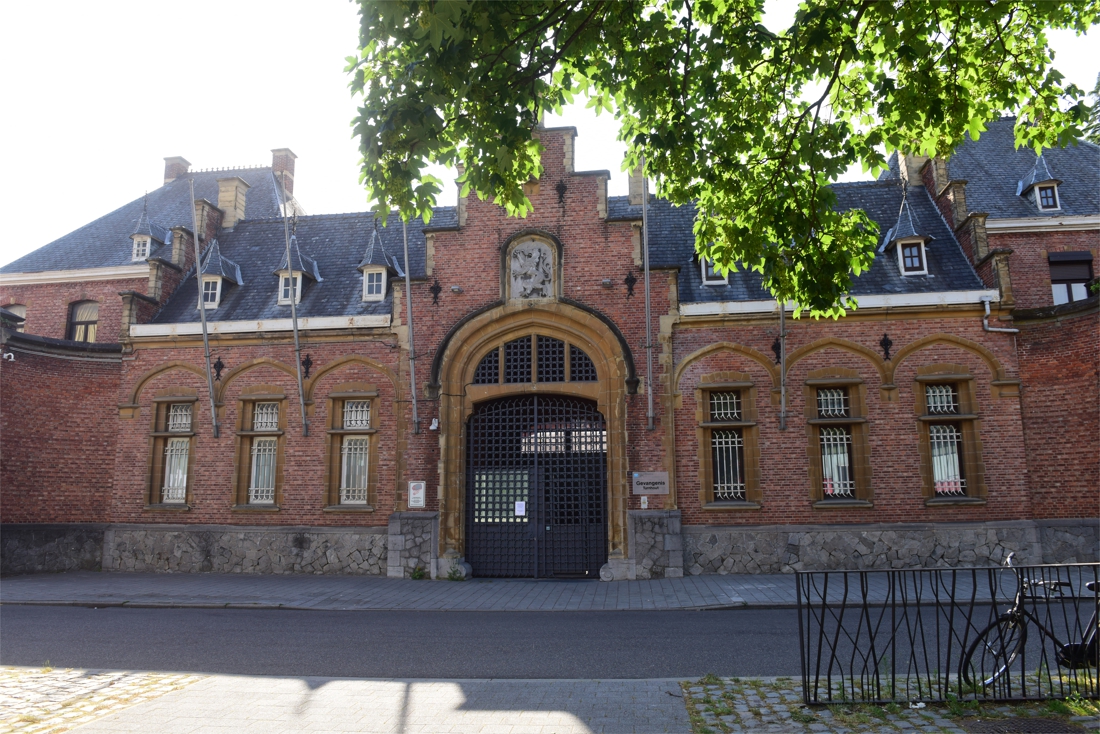“This is the day New York begins to reopen and I am so happy to see that day finally arrived,” said New York Governor Andrew Cuomo, exactly 100 days after the first case was confirmed in the economic capital of the United States, as the pandemic “worsening” in the world, according to World Health Organization.
The reopening of this sluggish metropolis since March 22 promises to be very gradual, limited in a first phase to construction and the manufacturing sector.
Within 15 days, the authorities hope to move on to a second stage which will allow eating on the terrace or returning to the hairdresser – but not yet in restaurants or show rooms. And this on condition that the infection rate does not start to rise again.
And many wonder if the protests against racial inequalities that have agitated the city – and the whole of the United States – for two weeks will revive the epidemic. A question that also arises elsewhere in the country, where 450 additional deaths in 24 hours were deplored Monday, a low for two months.
“The city has come back to life with the demonstrations (…), this coincides with the first phase and that’s good,” said Brandy Bligen, a 70-year-old retiree. He himself demonstrated on Saturday, and was planning to take Governor Cuomo’s advice, calling on protesters to get tested quickly. But that did not prevent him from being in the metro on Monday morning, a simple mask on his face, compulsory.
The reopening of this capital of consumerism seems all the more limited for the moment as the windows of many stores are protected with plywood since the looting that shook Manhattan last Monday. The curfew imposed by the city has only been lifted since Sunday.
Read alsoViruses: the general trend towards deconfinement is confirmed across the world
Record number of new cases
If all New York indicators point to an epidemic now controlled, in the rest of the world, “the situation is worsening”, declared from Geneva the boss of theWorld Health Organization, Tedros Adhanom Ghebreyesus.
The number of confirmed cases worldwide, now over seven million, rose by more than 100,000 in nine of the last ten days, and even by 136,000 on Sunday – “the highest toll so far”, he said. indicated. The threshold of 400,000 deaths was crossed on Sunday.
Despite everything, the time has come for the relaxation of restrictions, with the aim of reviving hard-hit economies everywhere.
After almost 11 years of growth, the United States is now in recession, a benchmark committee said on Monday. And the whole world is now going through its worst recession in 150 years, according to the World Bank.
Under these conditions, India, where the epidemic remains virulent, authorizes the reopening of its shopping centers and places of worship on Monday.
Latin America, where the progression of the pandemic remains worrying, is also declining.
In Brazil, the third most bereaved country in the world after the United States and the United Kingdom, the governor of Rio de Janeiro has announced the easing of restrictions.
Figures on deaths and cases of contamination of coronavirus have been broadcast for several days in complete confusion by the government of Jair Bolsonaro, accused of wanting to “stifle the data”.
In Mexico, the second most affected Latin American country in terms of number of deaths with more than 13,600 dead, President Andres Manuel Lopez Obrador said on Monday that he would not test for Covid-19 until he had no symptoms, after the contamination of a senior official whom he meets regularly.
Rugby kiwi
The New Zealand is top of the class: after the recovery of the last person who was still in solitary confinement, this country of five million inhabitants lifted all its national restrictions on Monday, accompanied by the resumption of its rugby championship, with public authorized in the gallery, a world first.
This country has deplored only 22 deaths and a thousand cases.
In Spain, which has recorded more than 27,000 deaths but has managed to control the virus in recent weeks, the Football Championship resumes Wednesday, after a three-month hiatus. Players will have to enter the stadiums masked and gloved.
Shops in the Madrid and Barcelona regions, the most affected by the pandemic, can reopen on Monday, but at 40% of their capacity. And the beaches of Barcelona will be able to reopen for swimming.
In Belgium, bars and restaurants reopened Monday morning, and the famous Brussels Union Brasserie was taken by storm.
Poland, also in the process of deconfinement, recorded an outbreak of cases over the weekend (+1,151). Among those infected, almost two-thirds are Silesian coal mine workers and their relatives. The mines were temporarily closed.
In the United Kingdom, which recorded a total of 40,597 deaths, including 55 on Monday – the lowest daily toll since March 22 – deconfinement is being done in a trickle.
Anyone arriving in the UK from abroad must observe a 14-day quarantine from Monday, a measure of disputed effectiveness that is panicking the aviation and tourism sectors.
In Russia, despite the daily census of thousands of new cases, the mayor of Moscow announced the end of confinement for Tuesday and the government partially reopened the borders, closed since March.
(With AFP)
–


